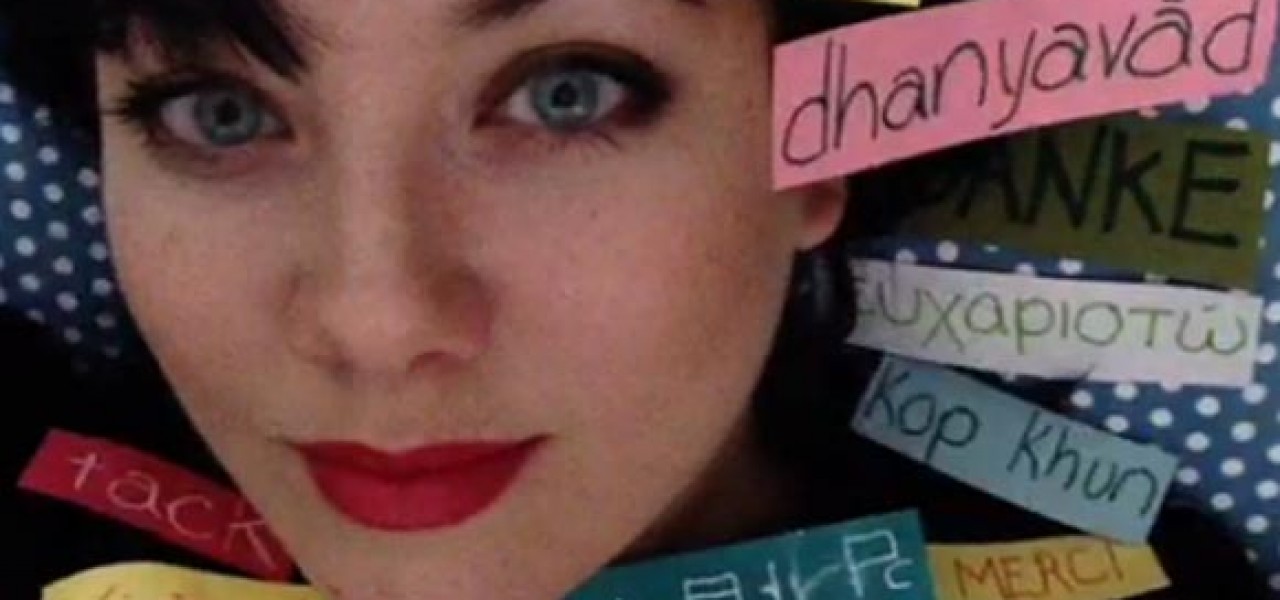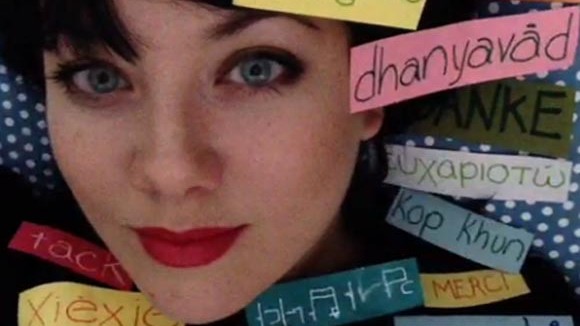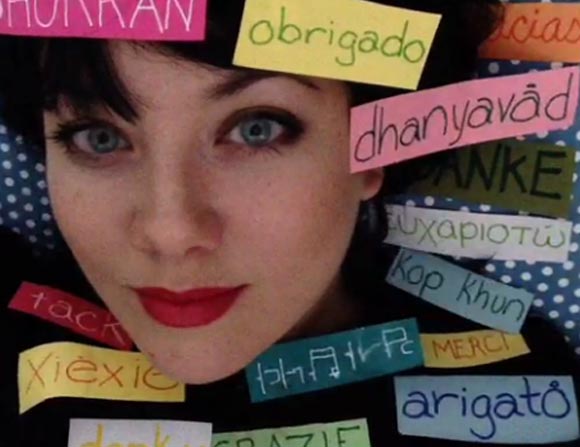

An Appreciation of Twitter’s Vine Format

Twitter’s six-second looping video platform, Vine, is not revolutionary, but it is an important evolutionary development in online video. The strength of the format is two-fold; firstly, it brings filmmaking tools to the masses, and secondly, it recognizes that the mobile Internet should have its own micro-formats (with built-in looping) because conventional formats—short films, features, commercials—don’t provide enough options.
The shortening length of online animation has been something that we’ve promoted on Cartoon Brew for the past couple years. We were, in fact, the first film/animation site to recognize the merit of micro-film clips and create an exclusive space for featuring them. We introduced the Animated Fragments column in 2011 with the idea that there were many creative bits and pieces of animation that didn’t fit into any traditional format. In our first post, the shortest animation was only eleven seconds long.
There was a difference though. No one created those ‘fragments’ with the intent of expressing a complete thought. They were simply interesting experiments. The six-second Vine format has encouraged filmmakers to think of six seconds as a filmmaking length in which a whole idea can be expressed. Clearly, the filmmaker is limited in the scope of their idea by the Vine’s running time, but it’s also surprising how much content can be squeezed into six seconds.
Animators who use Vine are employing a surprisingly wide variety of techniques that include paper cut-out, hand-drawn, stop motion, pixilation, and mixed media. Currently, the most popular animators using the format don’t come from a traditional animation background. They are artists from other creative disciplines who have become animators overnight.
Perhaps the real revolution of the Vine is its software, which is the easiest (and most accessible) animation creation tool ever made—even easier than creating animated GIFs. The Vine app will play an important role in moving animation out of the realm of the specialist and into an art form of the masses. Twitter, for its part, continues to upgrade its software and make it more animation-friendly. Last week, they released an updated version of the app which added gridlines, camera focus, and most importantly, onion-skinning (or as Twitter calls it, ‘ghost tools’).
The Vine platform, though less than six months old, has already made a significant impact on the animation world. Through its limitations, it has opened the door for many people to try animating for the first time as well as created a respectable new length for micro-animated shorts. Whether the format itself lasts or not, Vines have changed how we think about Internet animation.
See also: “How Etsy Is Using Vine and Stop Motion to Build Its Brand”
Here are examples of four artists who are currently creating animation for Vine:

.png)